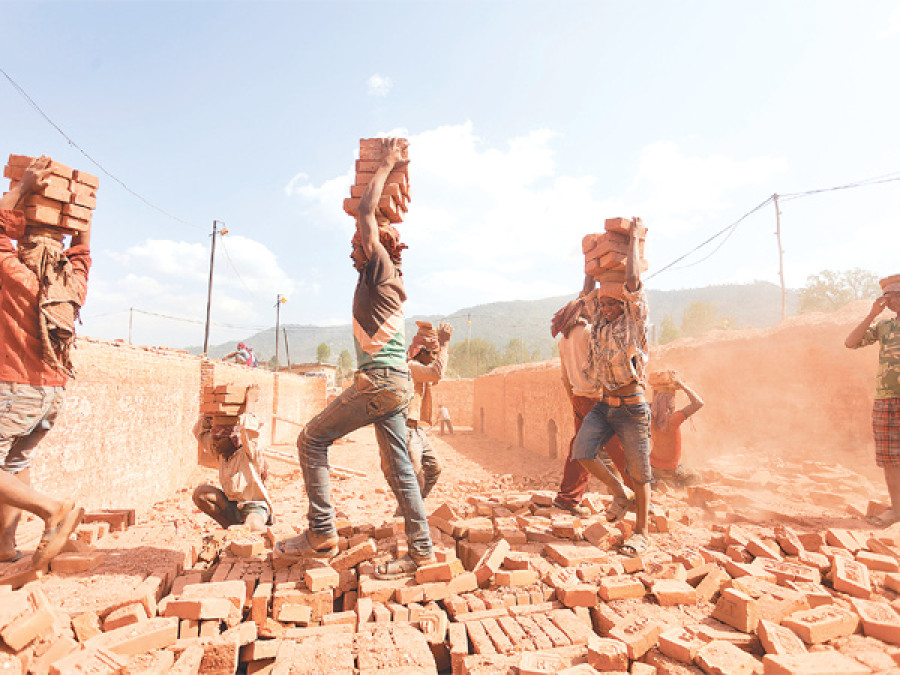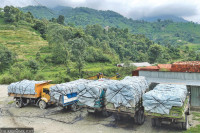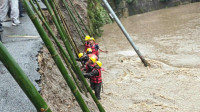Valley
Building brick kilns back better
In the wake of significant damage to brick kilns in several districts due to the April 25 earthquake, entrepreneurs are planning to incorporate seismic-resistance capabilities while rebuilding and constructing new brick kilns.
In the wake of significant damage to brick kilns in several districts due to the April 25 earthquake, entrepreneurs are planning to incorporate seismic-resistance capabilities while rebuilding and constructing new brick kilns.
The Federation of Nepal Brick Industries (FNBI), an umbrella organisation of around 800 brick kilns across the country, is working to incorporate earthquake-resistant features as well as reduce the emission of harmful pollutants to the atmosphere.
The major earthquake and subsequent aftershocks caused damage to structures of almost 85 percent of brick kilns in 17 districts affected, including Kathmandu Valley, according to the data compiled by the Federation. Inside Kathmandu Valley, of the total 106 brick kilns in operation before the quake, almost 90 percent saw significant damage to the structures, particularly the chimneys which were built without any proper designs and technology.
“We have planned to either reinforce/strengthen the existing chimney structures of the old brick kilns or build new kilns by integrating seismic resistance capabilities of at least 20 brick kilns inside Kathmandu Valley this year,” said Mahendra Chitrakar, chairperson of FBIN. Besides strengthening the chimneys to withstand earthquakes, brick kilns owners are planning to move towards environment-friendly and energy efficient approach that saves energy resources and reduce pollution, especially harmful black carbons and carbon dioxide (CO2) emissions resulted from incomplete combustion, he added.
With growing concerns about emission of harmful air pollutants in atmosphere from combustion of coal to produce bricks, the Federation has been engaging its members to adopt environment-friendly approach in recent times, said Chitrakar. Many environment research and development organisations have come forward to help rebuild safe and clean brick kilns.
If we could apply modification to the existing brick kiln structures including chimney dimensions, improvement in preheating and combustion zones, among others, it is possible to reduce emission of harmful pollutants up to 30 percent and also reduce coal consumption by almost 40 percent, said Shyam Maharjan, a brick kiln entrepreneur from Kathmandu and coordinator of the Technology Research and Development Committee of FNBI.
Persuading brick kiln owners to incorporate environment-friendly and seismic resistance capabilities in existing ones or new ones is not however easy. “Brick production season is approaching and we have to meet the growing demand of bricks for new construction as well as rebuilding and reconstruction,” Maharjan said. At present, almost 60 percent of the brick owners have already started rebuilding and repairing damaged structures to ensure early operation.
The government has estimated that at least 12 billion pieces of bricks will be required to rebuild the damaged buildings and infrastructures in the country.




 18.12°C Kathmandu
18.12°C Kathmandu









